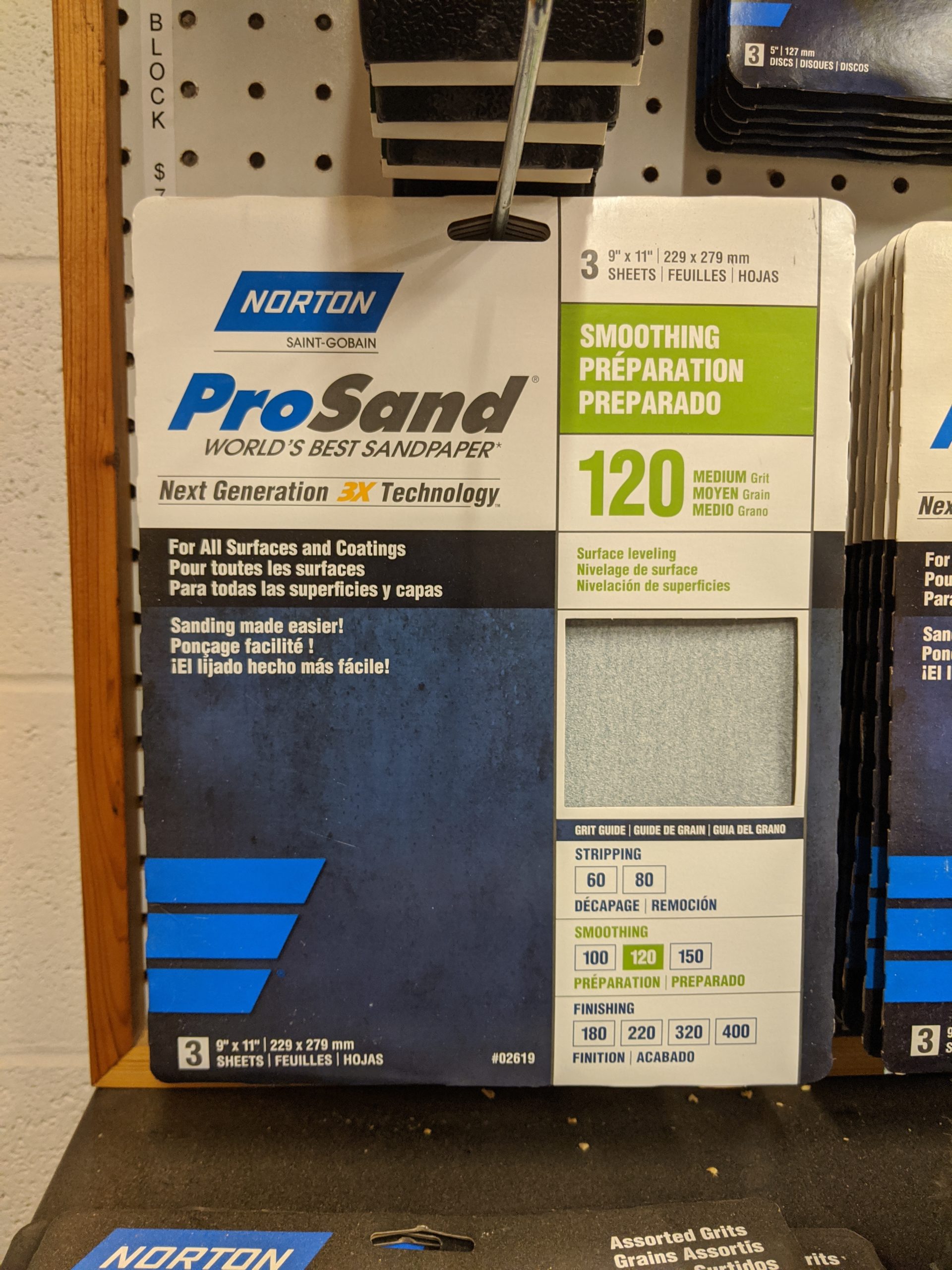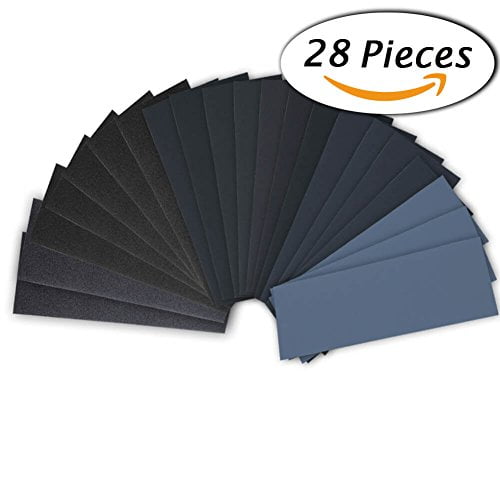

While this is the only grit size that will allow you to successfully remove rust from more sensitive areas, it will take a little bit of elbow grease to remove the rust.Īs is stated earlier, coarser grits will have a much easier time removing rust than finer grits. This grit size is ideal for removing rust from the outside of your car, as it’s fine enough to not damage the metal surface or the paint. You most likely will not need a grit finer than this to remove rust, as anything else won’t be helpful. This sandpaper will also help remove scratches that were left behind up more coarse sandpaper grits. This is also a great size grit for light sanding and will be very helpful if you’re looking to remove a small build-up of rust that isn’t too severe. 320 to 400 GritĪ very fine grit size, this is ideal if you’re looking to tackle a small amount of rust. Using anything coarser than 180-220 grit on metal surfaces like furniture that you plan on repainting could seriously damage the paint as well as the metal itself. While it’s important to know that coarse sandpaper will remove rust faster, it could also damage your items. That’s why it’s so important to do your research when it comes to sandpaper grit sizes, as you don’t want to hurt your more sensitive materials. This finer grit size will not damage your metal surfaces the way other forms of sandpaper can.

This size grit is appropriate for use on more sensitive metal surfaces, such as furniture and decor. Also great for removing rust as well as removing scratches left by coarse sandpaper.

This size grit is much finer than the previous two we’ve discussed.

It’s great for removing rust as well as preparing surfaces as a starting point for most projects. This size grit will remove rust successfully and quickly, but it’s recommended on larger materials such as metal appliances. This sandpaper is still not recommended on materials you don’t want potentially scratched or damaged, but it will remove your rust faster. Still a more coarse option, 100 to 150 grit is a medium grit size. This is why this kind of grit is not recommended for things like furniture and antiques, as it will not do more harm than good to surfaces you don’t want to be scratched up. 40 to 80 GritĤ0 to 80 grit is a more coarse sandpaper, and while it’s better at removing rust compared to finer sandpaper, it will leave more scratches.Ĥ0 to 80 grit is a good choice for removing rust from machinery like pipes, but it’s not ideal for furniture and antiques that you don’t want to be damaged or scratched.Ĥ0 to 80 grit is appropriate for heavy machinery because while it will be very successful in removing rust from these materials, the sandpaper may leave some surface damage that isn’t too visually pleasing. Each time you advance to a higher grit sandpaper, you remove the scratches from the previous layer.As is stated above, the grit you choose to use should depend on the materials you’re treating for rust, as well as how you’d like your materials to look after you’ve used your sandpaper.īelow we’ll explore some of the grit sandpapers available and the ideal surfaces you should be using them on. Many jobs require you to “go through the grits.” This means you start the project using lower-grade grit and use finer pieces of sandpaper as you progress. For finishing surfaces smoothly, use a super fine sandpaper with 360- to 600-grit. For heavy sanding and stripping, you need coarse sandpaper measuring 40- to 60-grit for smoothing surfaces and removing small imperfections, choose 80- to 120-grit sandpaper. You need to choose the grit size of sandpaper depending on the particular job you are trying to accomplish. Open-coated sandpaper has gaps between the grits, allowing sawdust to gather so it doesn’t interfere with the sanding, whereas closed-coated sandpaper doesn’t have those open spaces. The density of the grit is important, too. The larger the grit size, the more edges there are and the smoother the sandpaper. In addition, sandpaper is measured by its grit size, or number of sharp particles per square inch of sandpaper. Industrial-grade sandpaper uses higher quality materials than commercial grade but is only available in specific stores. Different grades of sandpaper represent the difference in quality of the abrasives, the backing material and the bonding agents. The abrasive edges are glued onto backing material such as Kraft paper with a bonding agent. Sandpaper contains numerous sharp edges that cut away at wood or metal.


 0 kommentar(er)
0 kommentar(er)
